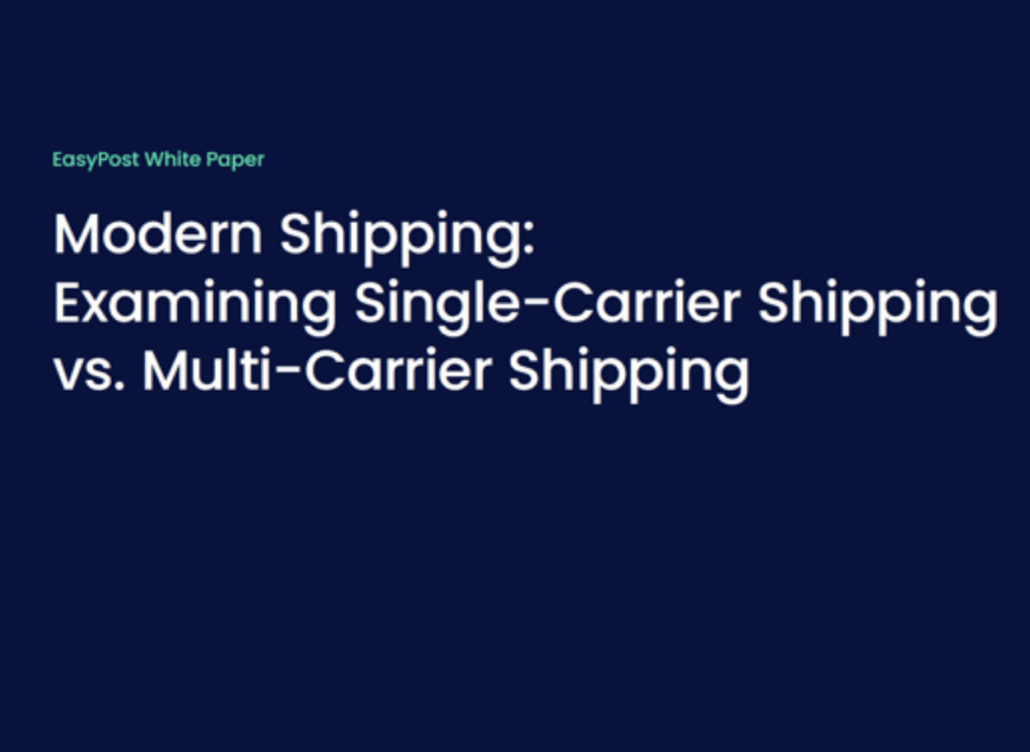Additional resources for our customers
The Blog
Get all the current news with EasyPost and the shipping industry.
The Podcast
Getting to know the fun side of our industry leaders, and latest trends.
Case Studies
Showcasing some of our partners' success stories.


